Home>Articles>Safety Precautions For Going Up Or Down A Ladder
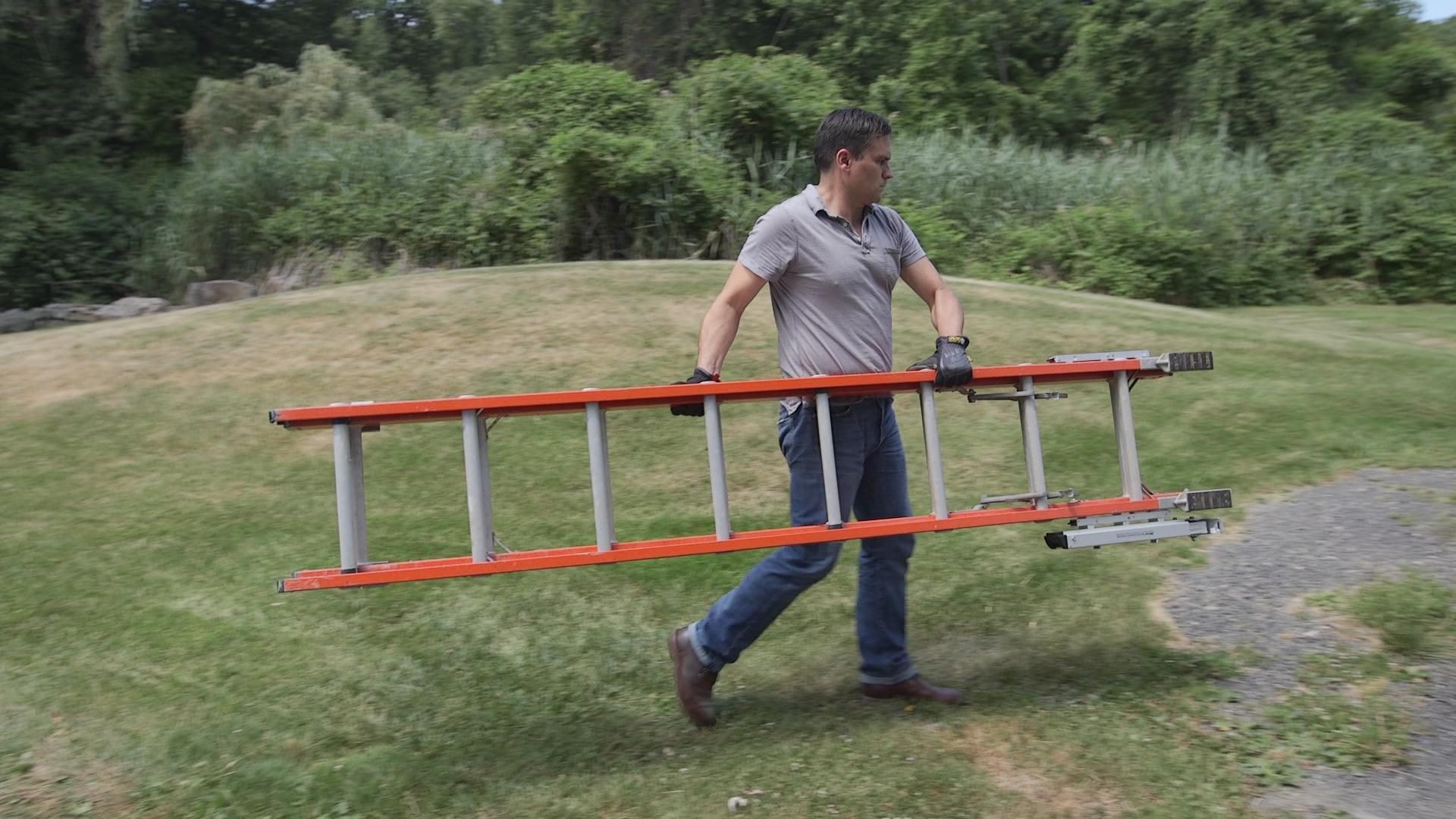

Articles
Safety Precautions For Going Up Or Down A Ladder
Modified: April 22, 2024
"Learn important safety tips for workers when going up or down a ladder. Read our informative articles to ensure a secure and accident-free environment."
(Many of the links in this article redirect to a specific reviewed product. Your purchase of these products through affiliate links helps to generate commission for Storables.com, at no extra cost. Learn more)
Introduction
When it comes to working at heights, one of the most common tools used is the ladder. Whether you’re a construction worker, a painter, or simply a homeowner doing some maintenance work, understanding ladder safety is crucial. Accidents involving ladders can result in serious injuries or even fatalities, which is why it’s essential to follow proper safety protocols when using them.
In this article, we will discuss important guidelines that workers should follow when going up or down a ladder. By implementing these safety measures, you can mitigate the risk of accidents and ensure a safe working environment.
Key Takeaways:
- Prioritize safety when using a ladder by wearing proper footwear, securing the ladder, maintaining three points of contact, and communicating with others. These practices reduce the risk of accidents and ensure a safe working environment.
- When ascending or descending a ladder, use caution, avoid overreaching, and communicate with coworkers. Following these guidelines minimizes the risk of falls and creates a secure and cooperative work environment.
Understanding Ladder Safety
Before we delve into the specific guidelines for going up or down a ladder, it’s important to have a basic understanding of ladder safety. Ladders come in various types, including step ladders, extension ladders, and platform ladders, each designed for specific purposes and tasks.
First and foremost, always inspect the ladder before use. Check for any cracks, loose screws, or other signs of damage that could compromise its stability. Make sure the ladder is properly rated for your weight and the task at hand.
Additionally, be aware of your surroundings when setting up the ladder. Ensure there are no overhead electrical wires, obstacles, or slippery surfaces that could pose a hazard. It’s also essential to maintain a clear passageway around the ladder, free from clutter or debris.
Lastly, be mindful of the weather conditions. Strong wind, rain, or icy surfaces can make the ladder unstable and increase the risk of accidents. Always avoid using a ladder in inclement weather and consider alternative methods or rescheduling the task if necessary.
By understanding these fundamental ladder safety principles, you can create a solid foundation for implementing the guidelines that we will discuss next.
Proper Footwear
When it comes to ladder safety, the type of footwear you wear plays a crucial role. Wearing proper footwear is essential to maintain stability and prevent slips or falls while climbing up or down the ladder.
First and foremost, choose footwear that provides a good grip. Opt for shoes with slip-resistant soles to minimize the risk of slipping, especially on wet or uneven surfaces. Avoid wearing shoes with smooth soles or high heels, as they can easily cause you to lose your footing.
Furthermore, ensure that your footwear fits properly and provides ample support. Shoes that are too loose or tight can impede your balance and increase the likelihood of accidents. Consider wearing lace-up or buckled shoes that securely hold your feet in place.
In addition to proper grip and fit, it’s also important to keep your footwear clean and free from debris. Mud, dirt, or other substances on the soles of your shoes can affect traction and cause slips. Regularly clean your footwear, removing any dirt or grime that may have accumulated.
Remember, ladder safety starts from the ground up, and choosing the right footwear is paramount. By wearing slip-resistant, well-fitted shoes, you can enhance your stability and reduce the risks associated with ladder use.
Secure the Ladder
Before climbing up or down a ladder, it is crucial to ensure that the ladder is securely positioned and anchored to prevent any shifts or slips that could lead to accidents. Here are some steps to secure the ladder:
- Choose the right ladder for the job: Select a ladder that is sturdy and appropriate for the task at hand. Make sure it reaches a sufficient height, and its weight capacity can accommodate your weight and any necessary tools or equipment.
- Inspect the ladder: Before using the ladder, carefully examine it for any signs of wear or damage. Check for cracks, bent rungs, loose bolts, or missing parts. If you notice any issues, do not use the ladder and report it to your supervisor or replace it if necessary.
- Ensure a stable base: Place the ladder on a firm and level surface. Avoid setting it up on unstable ground or slippery surfaces. If necessary, use a ladder leveler or stabilize the ladder using appropriate tools, such as ladder stabilizer bars or leg levelers.
- Secure the top and bottom: If possible, secure the top of the ladder to a stable structure using ladder brackets or hooks. This will provide additional stability and prevent the ladder from slipping sideways. Additionally, consider using a ladder stabilizer or anti-slip safety feet at the base of the ladder to prevent it from moving.
- Use the 4-to-1 ratio: The ladder should be inclined at a 75-degree angle, following the 4-to-1 rule. For every four feet of ladder height, the base should be one foot away from the vertical surface it is leaning against. This ensures a stable and secure setup.
- Lock ladder sections: If you are using an extension ladder, properly lock the sections before climbing. Ensure the ladder locks or extensions are engaged and secure to prevent accidental collapsing of the ladder while in use.
By taking the time to secure the ladder properly, you minimize the risk of it shifting or falling while you are climbing. Remember, ladder stability is crucial for your safety, so never compromise on securing the ladder before use.
Maintain Three Points of Contact
When going up or down a ladder, it is essential to maintain three points of contact at all times. This means that either two hands and one foot or two feet and one hand should be in contact with the ladder to ensure stability and minimize the risk of falling.
Here are some guidelines to help you maintain three points of contact:
- Always face the ladder and grip the rungs or rails with a firm grip using your hands. Avoid using tools, equipment, or carrying objects that could hinder your ability to maintain a secure grip on the ladder.
- Keep your body centered between the ladder rails. Avoid leaning too far to either side, as it can throw off your balance and increase the risk of tipping over.
- Plant your feet securely on the ladder rungs or steps, ensuring they have proper grip. Avoid wearing slippery or loose-fitting footwear that could cause your feet to slide or lose stability.
- Be mindful of your movements. Ascend or descend the ladder one step at a time, maintaining your three points of contact throughout. Avoid making sudden or jerky movements that can throw you off balance.
- If you need to carry tools or equipment, use a tool belt or a secure bag that leaves your hands free to maintain a secure grip on the ladder. Do not carry heavy or bulky objects that could obstruct your view or hinder your stability.
- If you need to reach for something, do not overreach or lean too far away from the ladder. Instead, reposition the ladder or use a tool with a longer handle to reach the desired object. Overreaching can cause the ladder to become unstable and increase the risk of falling.
By practicing the three points of contact rule, you enhance your stability and reduce the risk of accidents while climbing up or down a ladder. Remember, your safety should always be the top priority when working at heights.
Face the Ladder
One of the fundamental safety practices when using a ladder is to always face the ladder while ascending or descending. Facing the ladder ensures that you have a clear view of the rungs or steps and can maintain better balance and stability.
Here are some reasons why you should always face the ladder:
- Improved visibility: By facing the ladder, you have a clear line of sight to the rungs or steps, allowing you to accurately place your feet for secure footing. This helps you maintain stability and reduces the chances of slipping or losing balance.
- Better body positioning: Facing the ladder allows you to position your arms and legs in a way that provides maximum support and balance. You can use your hands and arms to grip the rungs or rails firmly, while your feet are securely planted on the ladder steps or rungs.
- Reduced risk of falls: Facing the ladder helps you stay oriented and maintain control over your movements. You can more effectively navigate the ladder, avoiding sudden shifts or unbalanced positions that could lead to falls or accidents.
- Ability to react quickly: Facing the ladder enables you to react promptly to any unexpected movements or situations. If the ladder starts to shift or becomes unstable, you can quickly assess the situation and make necessary adjustments to maintain your safety.
- Clear communication: When facing the ladder, you can easily communicate with others who may be assisting or working nearby. This open line of communication allows for efficient coordination and enhances overall safety on the job site.
Remember, always face the ladder when using it. By doing so, you promote better visibility, maintain proper body positioning, reduce the risk of falls, react quickly to changes, and facilitate clear communication with others. This simple practice can significantly enhance your safety while working at heights.
Always maintain three points of contact when going up or down a ladder – this means two hands and one foot, or two feet and one hand should be in contact with the ladder at all times. This will help prevent falls and ensure stability.
Ascending the Ladder
Ascending a ladder safely requires careful attention to detail and proper technique. Follow these guidelines to ensure a secure and smooth climb:
- Position the ladder correctly: Make sure the ladder is stable and positioned at the correct angle against the surface you’re climbing. The base of the ladder should be one foot away from the wall or vertical surface for every four feet of ladder height, following the 4-to-1 ratio.
- Face the ladder: Always face the ladder as you climb. Maintain a firm grip with both hands on the rungs or side rails. Ensure that your shoelaces, clothing, or any accessories are securely tucked in to avoid snagging.
- Step up one rung at a time: Ascend the ladder one rung at a time using a controlled and deliberate motion. Keep your body centered between the ladder rails and maintain three points of contact at all times.
- Distribute your weight evenly: As you climb, distribute your weight evenly on each rung to maintain balance. Avoid leaning to one side or overreaching, as it can cause the ladder to become unstable and increase the risk of falling.
- Take breaks if needed: If you feel fatigued or uneasy, it’s important to take breaks and rest before continuing your ascent. Overexertion or rushing can compromise your stability and increase the risk of accidents.
- Be aware of overhead hazards: Pay attention to any potential overhead hazards, such as low ceilings, electrical wires, or obstructions. Adjust your position or use caution when encountering such obstacles to avoid injuries.
- Use tools or equipment properly: If you need to carry tools or equipment, do so carefully. Use a tool belt, pouch, or bucket attached to the ladder to keep your hands free for maintaining a secure grip.
Remember, always prioritize your safety when ascending a ladder. Take your time, maintain proper balance, and use caution. By following these guidelines, you can minimize the risk of accidents and safely reach your desired height.
Descending the Ladder
Descending a ladder safely is just as important as ascending it. Follow these guidelines to ensure a secure and controlled descent:
- Prepare for descent: Before starting your descent, ensure that there are no obstacles or hazards in your path. Make sure you have a clear, unobstructed route down.
- Face the ladder: As you descend, continue to face the ladder to maintain a clear view of the rungs or steps and maintain better balance and stability.
- Maintain three points of contact: Keep at least three points of contact with the ladder at all times. This could be two hands and one foot or two feet and one hand.
- Step down one rung at a time: Descend the ladder slowly and deliberately, taking one rung at a time. Avoid skipping rungs or rushing the process, as it can lead to loss of balance.
- Use proper hand placement: Place your hands securely on the rungs or side rails as you descend. This will provide you with stability and control throughout the process.
- Be cautious of the last step: When you reach the last few rungs, exercise extra caution as you transition from the ladder to the ground. Ensure that the floor is stable and clear of any hazards before stepping off the ladder.
- Avoid jumping or sliding: Never jump or slide down the ladder, as it can result in injuries. Maintain control over your descent and use the ladder as intended.
- Inspect the ladder upon reaching the ground: Once you have safely descended, take a moment to inspect the ladder for any damage or defects. Report any issues to the appropriate person for repair or replacement.
Remember, descending the ladder safely is just as important as ascending it. Take your time, maintain your balance, and follow proper hand placement techniques. By adhering to these guidelines, you can ensure a secure and injury-free descent from the ladder.
Use Caution with Tools and Equipment
When working on a ladder, using tools and equipment is often necessary to complete the task at hand. However, it’s crucial to exercise caution and follow specific guidelines to ensure your safety and prevent accidents.
Here are some important points to keep in mind when using tools and equipment on a ladder:
- Choose the right tool for the job: Select tools that are appropriate for the task and can be easily managed while on the ladder. Avoid using heavy or bulky tools that can be difficult to handle or may throw off your balance.
- Securely hold tools and equipment: Always maintain a secure grip on any tools or equipment you are using. Use tool belts, pouches, or holsters to keep your hands free as much as possible while climbing and working on the ladder.
- Avoid overreaching: When using tools or equipment, refrain from overreaching or leaning too far from the ladder. This can throw off your balance and increase the risk of the ladder becoming unstable or tipping over.
- Use lanyards and tethering systems: When working with tools or equipment that could fall or be dropped, such as power tools or paint cans, consider using lanyards or tethering systems. These devices can prevent objects from falling and causing harm to you or others below.
- Maintain a clutter-free work area: Keep your work area organized and clutter-free. Discard any unnecessary tools or equipment that are not in use, as they can create trip hazards on the ladder.
- Communicate with coworkers: If you are working with others on the same ladder or nearby, communicate your movements and intentions. This can help coordinate the use of tools and equipment and ensure everyone’s safety.
- Inspect and maintain tools: Regularly inspect your tools and equipment for any signs of damage or defects. Ensure they are in proper working condition and free from any issues that could compromise safety.
Remember, using tools and equipment on a ladder requires extra caution and awareness. By following these guidelines, you can minimize the risk of accidents, injuries, and damage to property. Always prioritize safety when working with tools and equipment on a ladder.
Avoid Overreaching
One of the critical safety practices when using a ladder is to avoid overreaching. Overreaching can throw off your balance, destabilize the ladder, and increase the risk of falls or accidents. Follow these guidelines to ensure you do not overreach while working on a ladder:
- Position the ladder correctly: Place the ladder at the proper distance from the work area to minimize the need for overreaching. The ladder should be positioned in a way that allows you to comfortably reach your intended task without stretching too far.
- Use the 4-to-1 rule: Maintain the 4-to-1 ratio when positioning the ladder. For every four feet of ladder height, the base of the ladder should be one foot away from the vertical surface it is leaning against. This ensures a stable setup and reduces the likelihood of overreaching.
- Reposition the ladder if necessary: If you find yourself needing to overreach to complete a task, it is a sign that the ladder is not positioned correctly. Descend the ladder, reposition it to a closer distance, and climb back up. It may take a few extra minutes, but it is essential for your safety.
- Use tools with extended handles: When working on a ladder, it’s helpful to use tools that have extended handles or telescoping poles. These tools allow you to reach distant areas without the need for overreaching or leaning too far from the ladder.
- Plan your work in advance: Before climbing the ladder, assess the task you need to accomplish and plan your approach. Determine the best position to place the ladder to avoid overreaching, and consider using additional equipment or tools that can assist you in reaching your objective safely.
- Ask for assistance if needed: If a task requires you to reach beyond what is safely achievable on a ladder, it is advisable to ask for assistance. Working with a colleague who can provide support and help with tasks that require longer reach can significantly reduce the need for overreaching.
Remember, overreaching on a ladder can lead to accidents and injuries. Prioritize safety by positioning the ladder correctly, using tools with extended handles, planning your work in advance, and seeking assistance when necessary. By avoiding overreaching, you can ensure a stable and secure working environment on the ladder.
Communicate and Alert Others
Effective communication is vital for ensuring a safe working environment, especially when using a ladder. It helps to coordinate actions, warn others of potential hazards, and prevent accidents. Here are some essential guidelines for communicating and alerting others while working on a ladder:
- Inform coworkers of your presence: Before ascending a ladder, make sure to communicate your intentions to your coworkers. Let them know that you will be on the ladder and inform them of the area you will be working in.
- Coordinate ladder usage: If there are multiple workers on the same job site requiring the use of ladders, communicate and coordinate with each other to ensure the safe and efficient use of the ladders. Avoid overcrowding and maintain a safe distance between ladders to minimize the risk of accidents.
- Make your presence known: Use vocal or visual cues to alert others to your presence on the ladder. Speak out to announce your location, or use a flashlight or high-visibility clothing to increase visibility, especially in low-light conditions.
- Signal for assistance or emergencies: Establish clear hand signals or communication methods to signal for help or notify others of an emergency situation. This ensures that others can quickly respond and provide necessary assistance if needed.
- Watch out for coworkers: While on the ladder, remain vigilant for the movement and activities of your coworkers. Be aware of their positions and actions to prevent any collisions or accidents that may occur due to lack of communication.
- Report any hazards or concerns: If you notice any potential hazards or safety concerns while on the ladder, immediately communicate this information to your supervisor or the appropriate personnel. This includes issues such as unstable footing, damaged equipment, or any obstacles that could pose a risk to yourself or others.
- Listen and respond to instructions: Stay attentive to any instructions or safety guidelines provided by your supervisor or coworkers. Listen carefully and follow the communicated instructions to ensure a safe working environment.
Remember, effective communication is essential for maintaining safety while working on a ladder. By following these guidelines and communicating with your coworkers, you can alert others to your presence, coordinate ladder usage, and respond quickly to any emergencies or potential hazards. Together, you can create a secure and productive work environment.
Conclusion
Working on a ladder can be a common occurrence in various industries and tasks. However, it’s important to prioritize safety and follow specific guidelines to ensure a secure working environment. By understanding and implementing ladder safety practices, you can greatly reduce the risk of accidents and injuries.
In this article, we discussed several important guidelines for going up or down a ladder safely. We learned about the significance of proper footwear, securing the ladder, maintaining three points of contact, facing the ladder, ascending and descending with caution, using tools and equipment safely, avoiding overreaching, and communicating with others.
By wearing the right footwear, inspecting and securing the ladder, maintaining three points of contact, and facing the ladder, you can enhance stability and reduce the risk of falls. Ascending and descending the ladder with caution, using tools properly, and avoiding overreaching help to further mitigate the risk of accidents. Lastly, effective communication and alerting others to your presence contribute to creating a safe and cooperative work environment.
Always prioritize your safety and the safety of others when working on a ladder. Take the necessary precautions, follow the guidelines, and remain vigilant throughout the task. Remember, accidents can happen in an instant, but by adhering to proper ladder safety measures, you can significantly reduce the chances of incidents occurring.
By following the practices outlined in this article, you can ensure a safe and productive work environment when going up or down a ladder. So, remember to use the right footwear, secure the ladder, maintain three points of contact, face the ladder, ascend and descend with caution, use tools and equipment safely, avoid overreaching, and communicate and alert others. Stay safe, be aware, and always prioritize your well-being when working at heights!
Frequently Asked Questions about Safety Precautions For Going Up Or Down A Ladder
Was this page helpful?
At Storables.com, we guarantee accurate and reliable information. Our content, validated by Expert Board Contributors, is crafted following stringent Editorial Policies. We're committed to providing you with well-researched, expert-backed insights for all your informational needs.

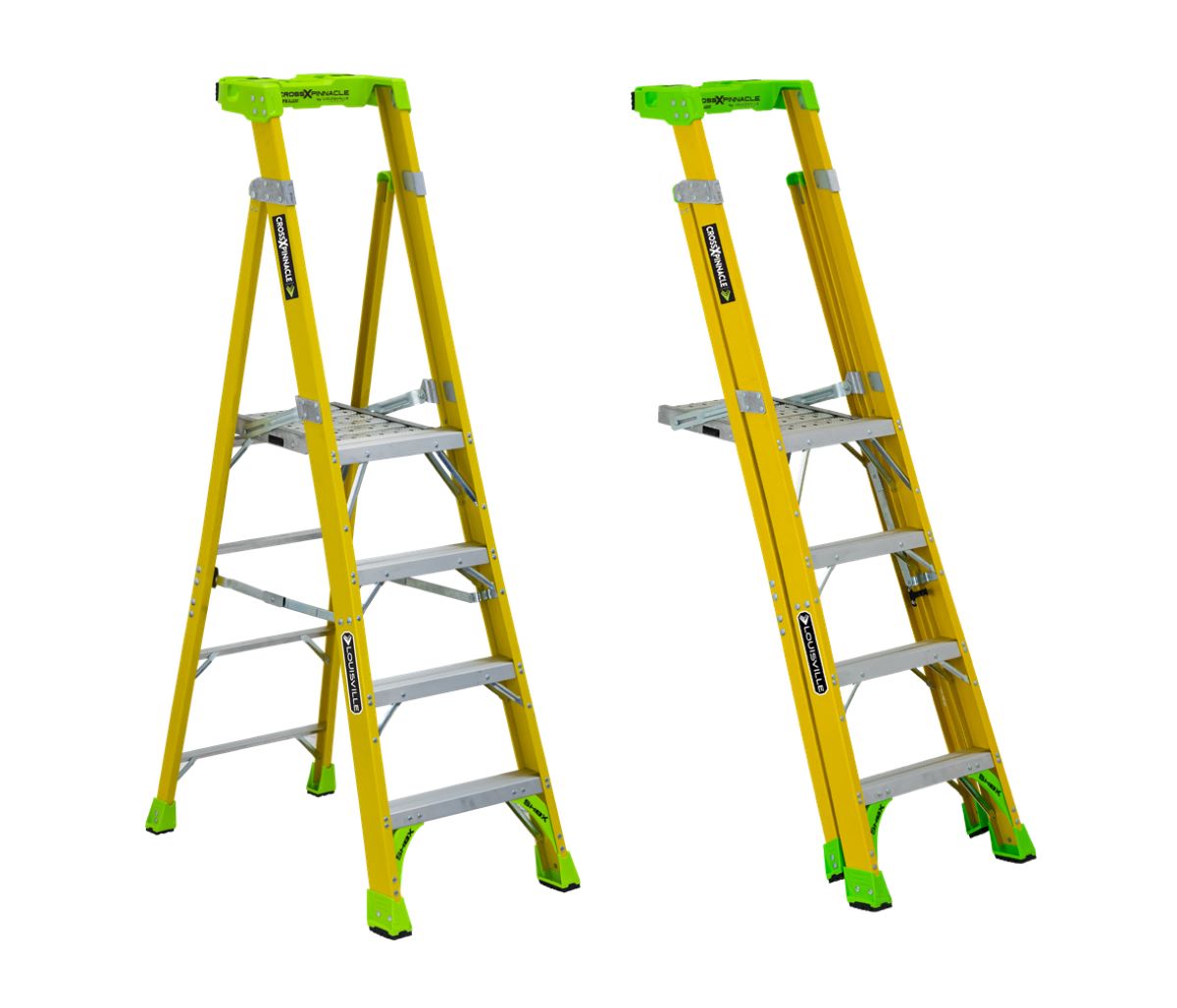


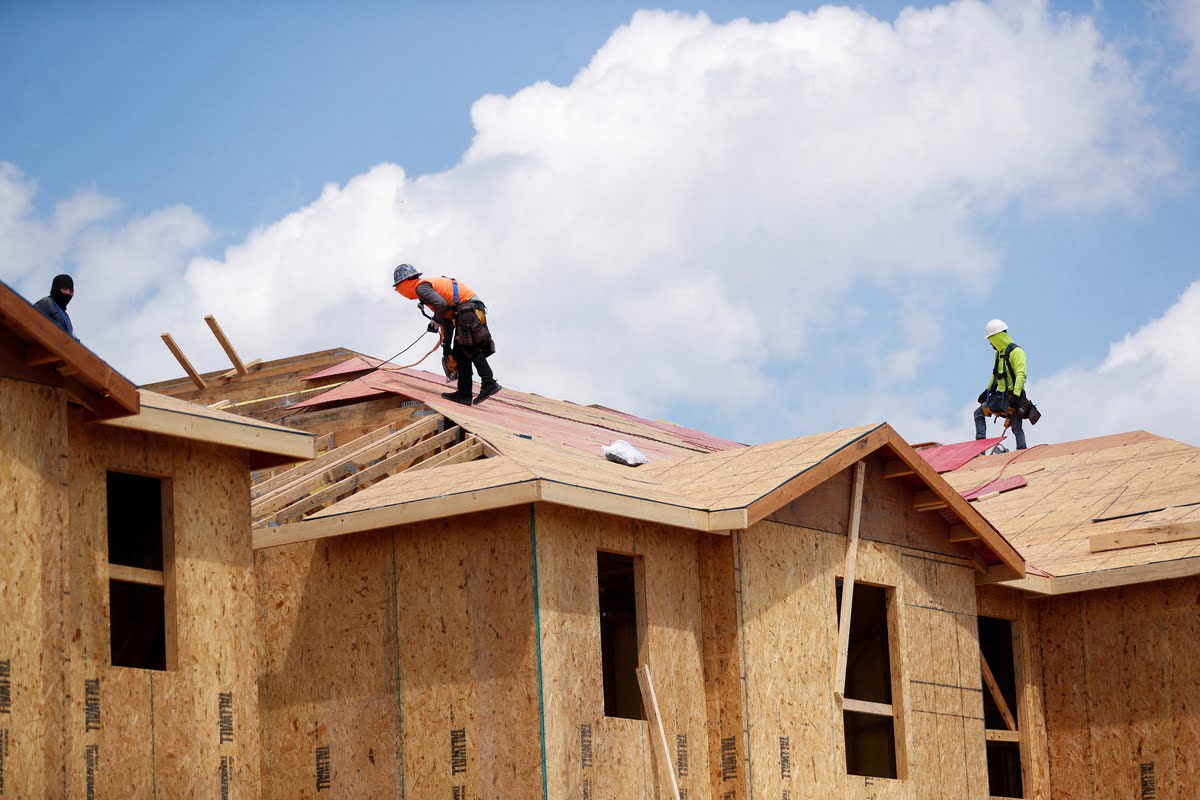
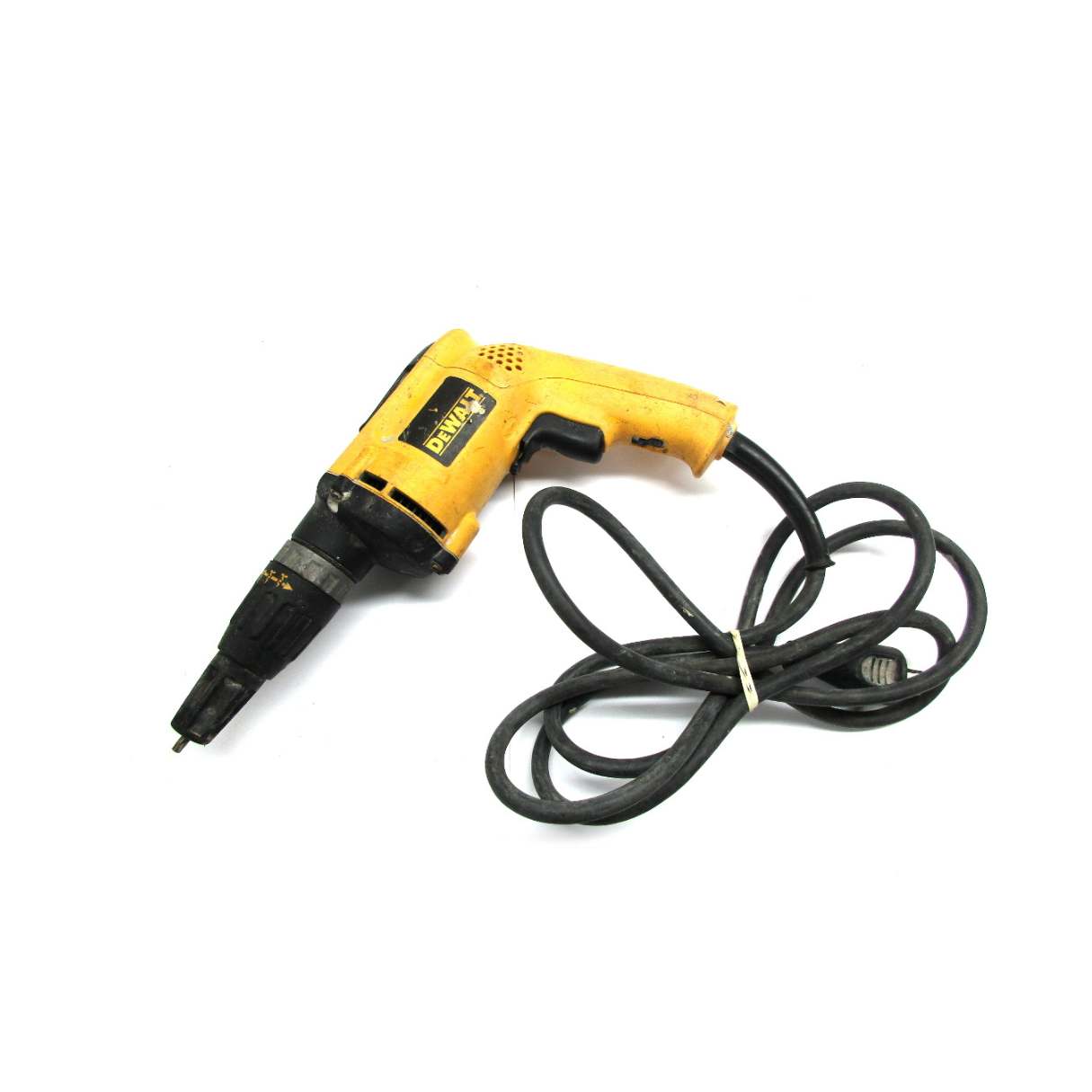
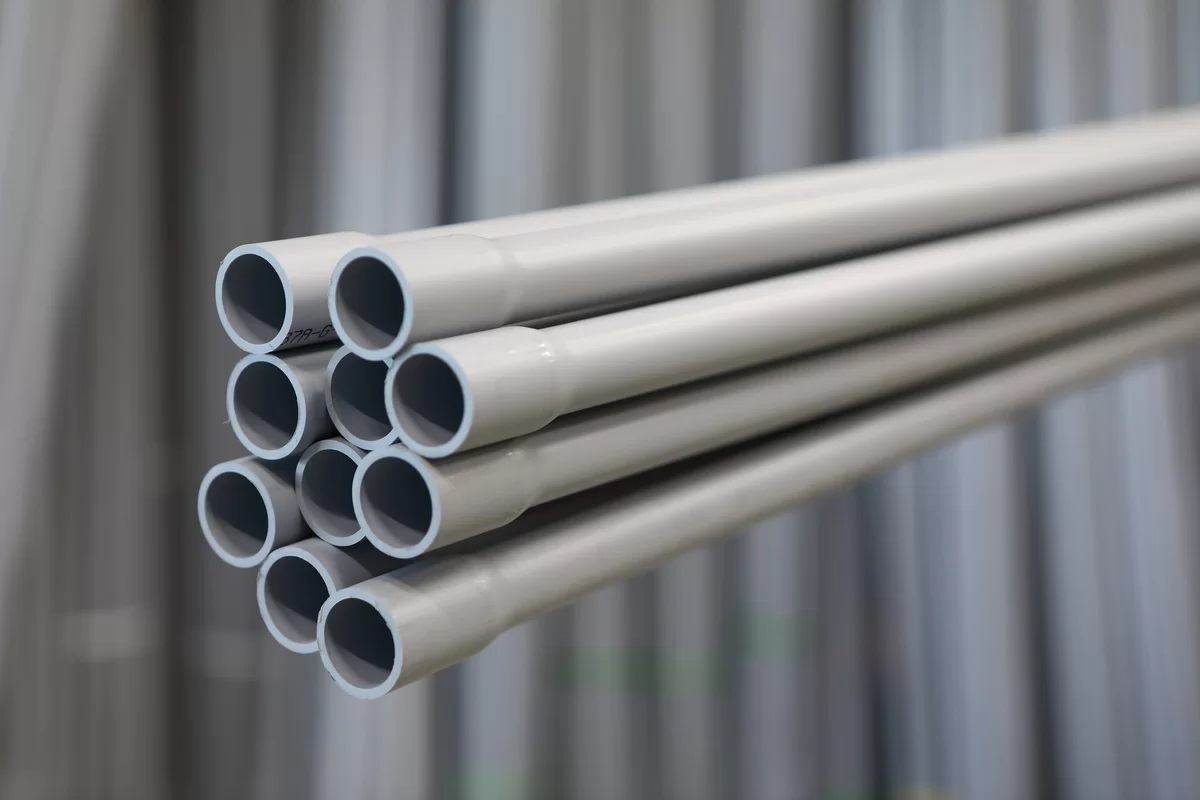
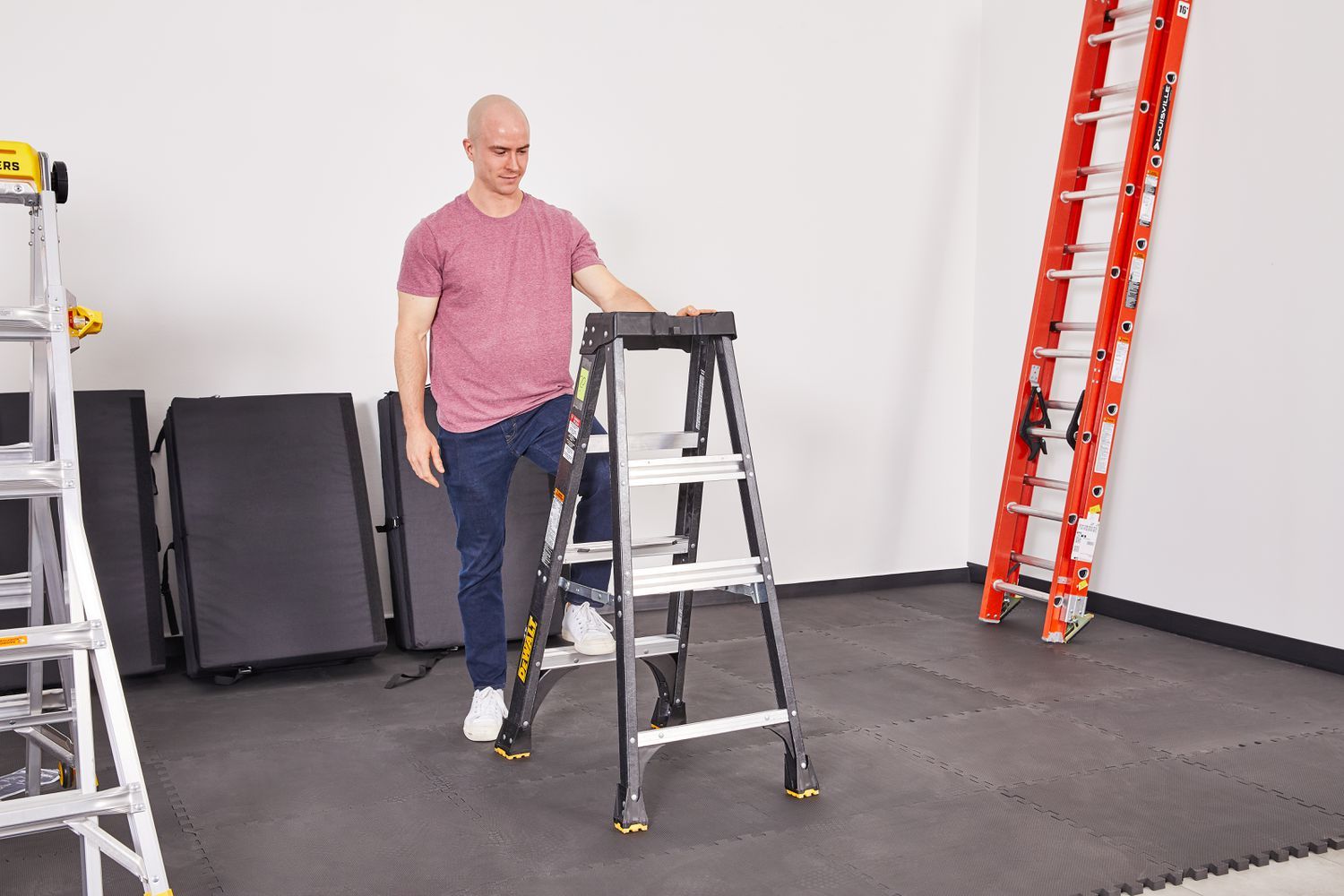
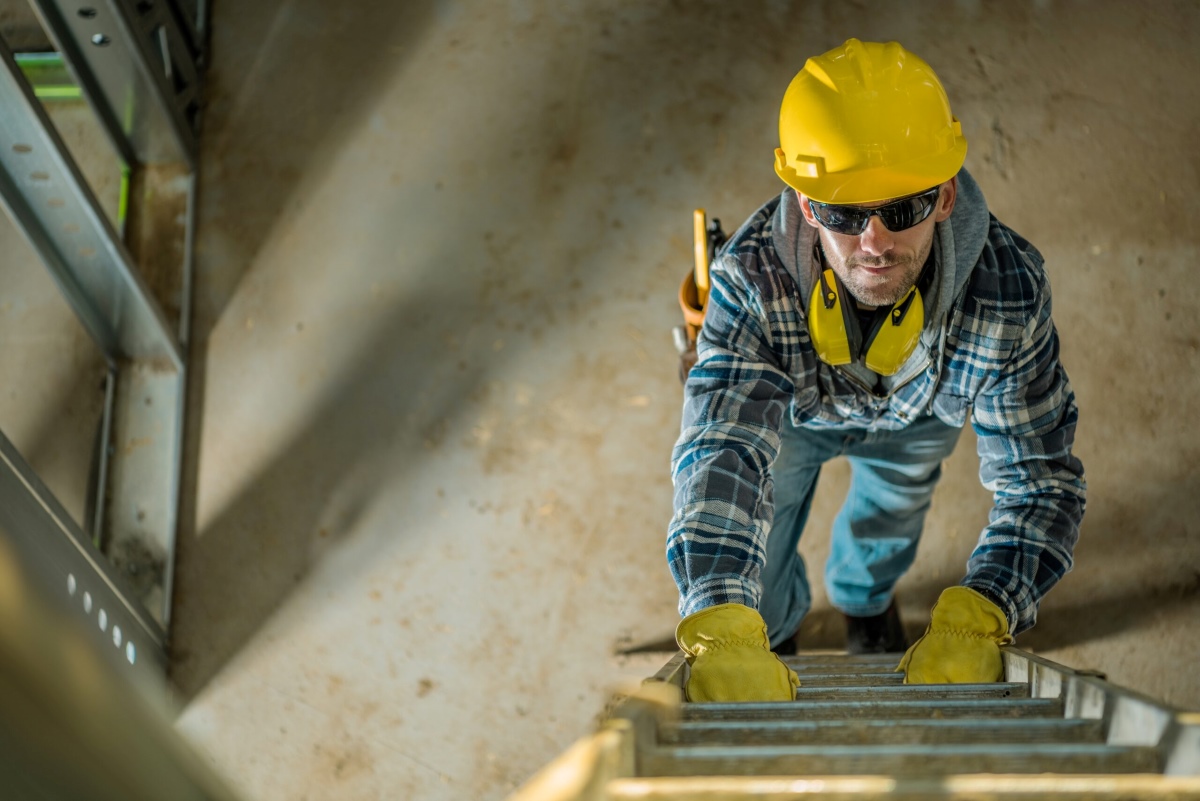

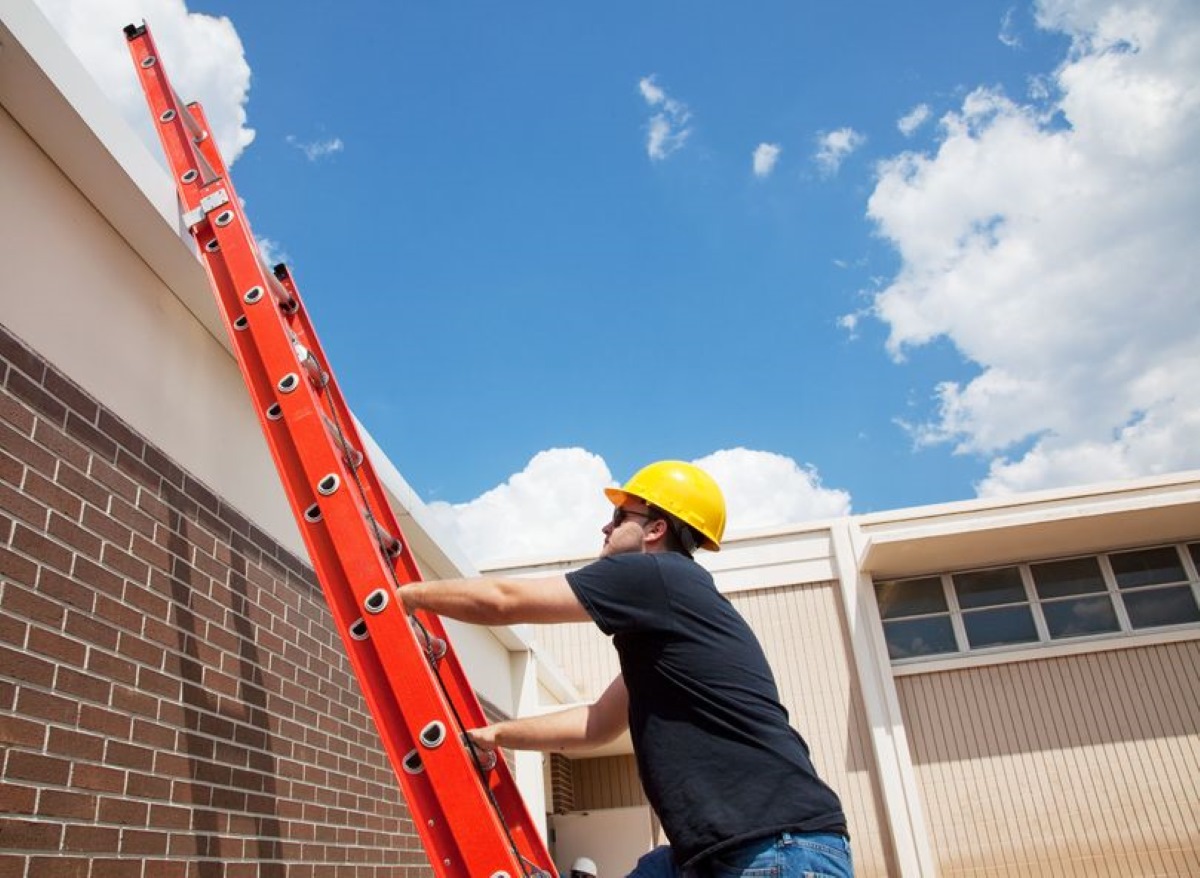
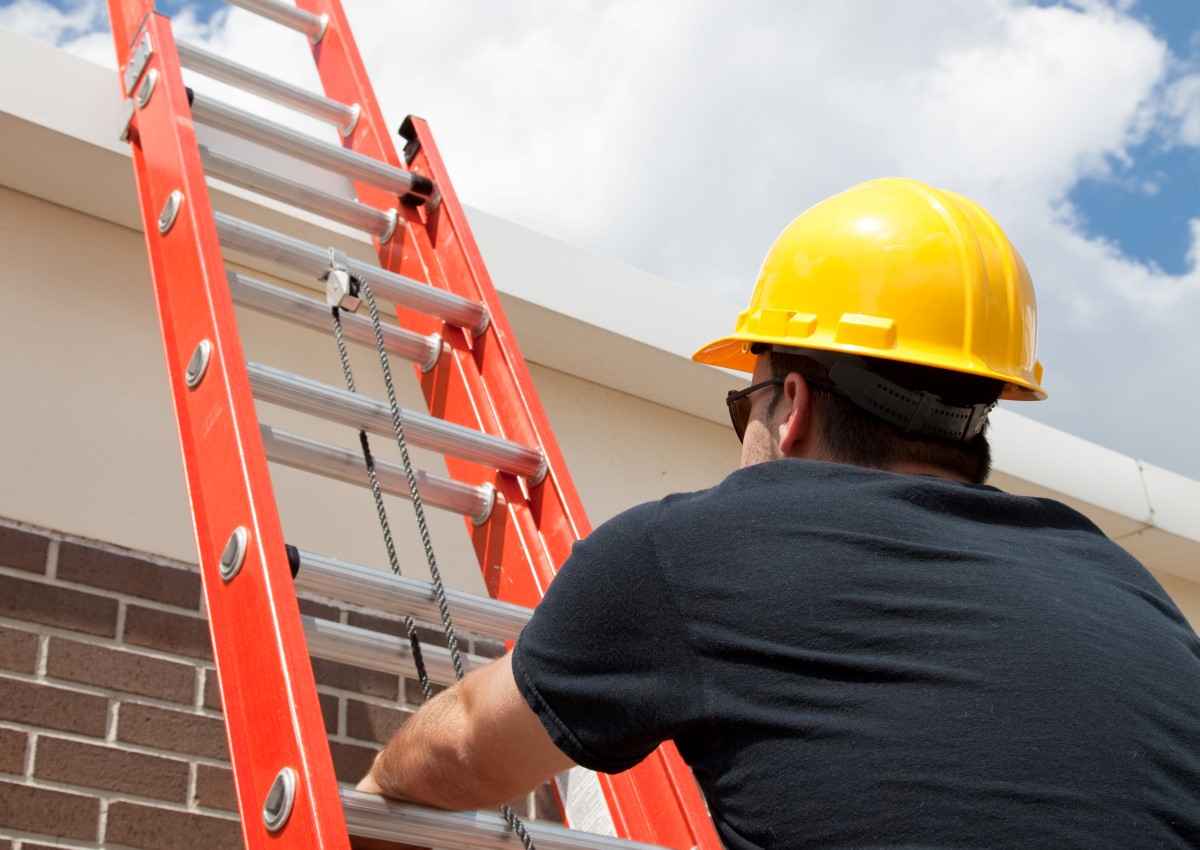
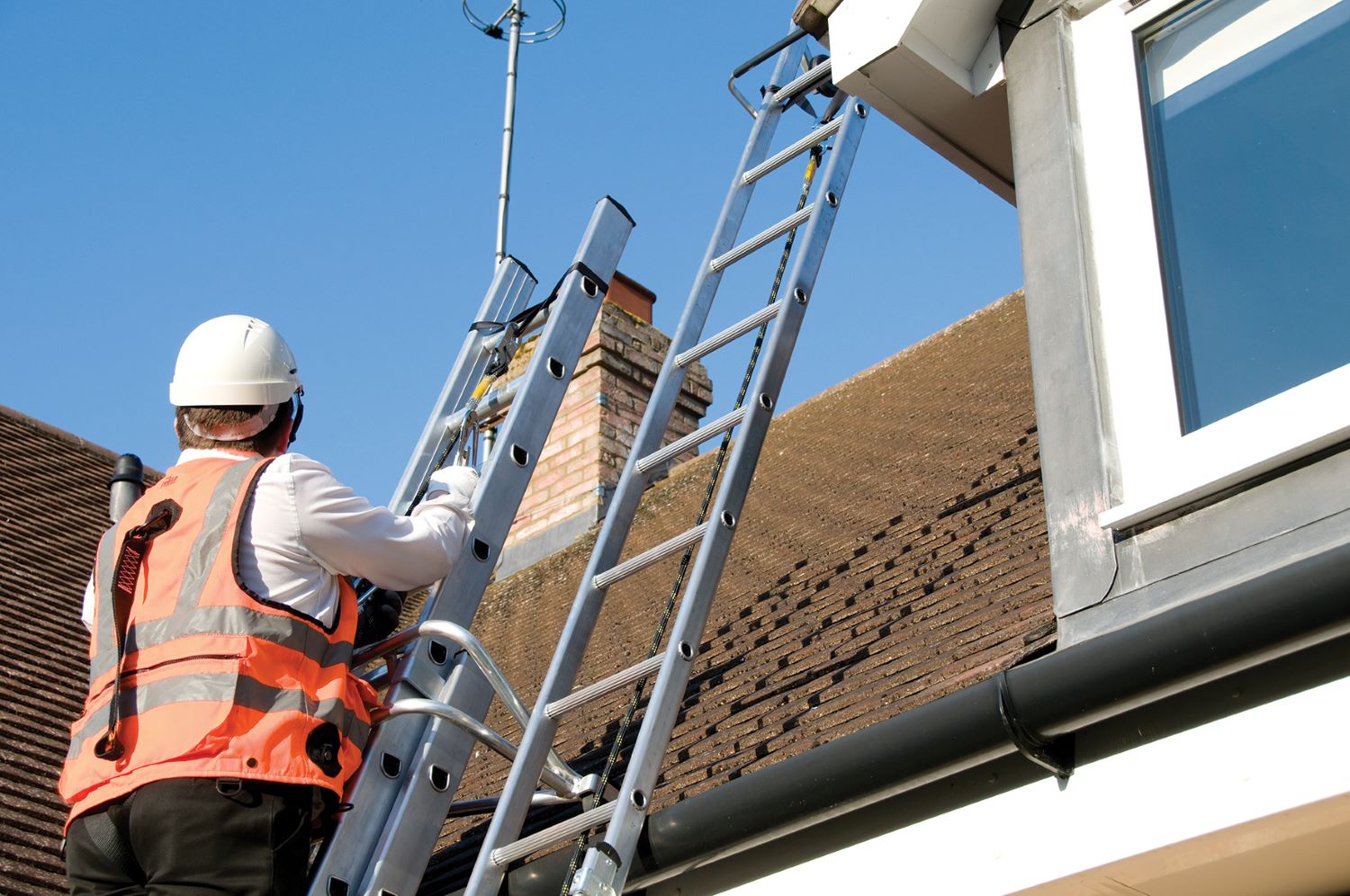

0 thoughts on “Safety Precautions For Going Up Or Down A Ladder”